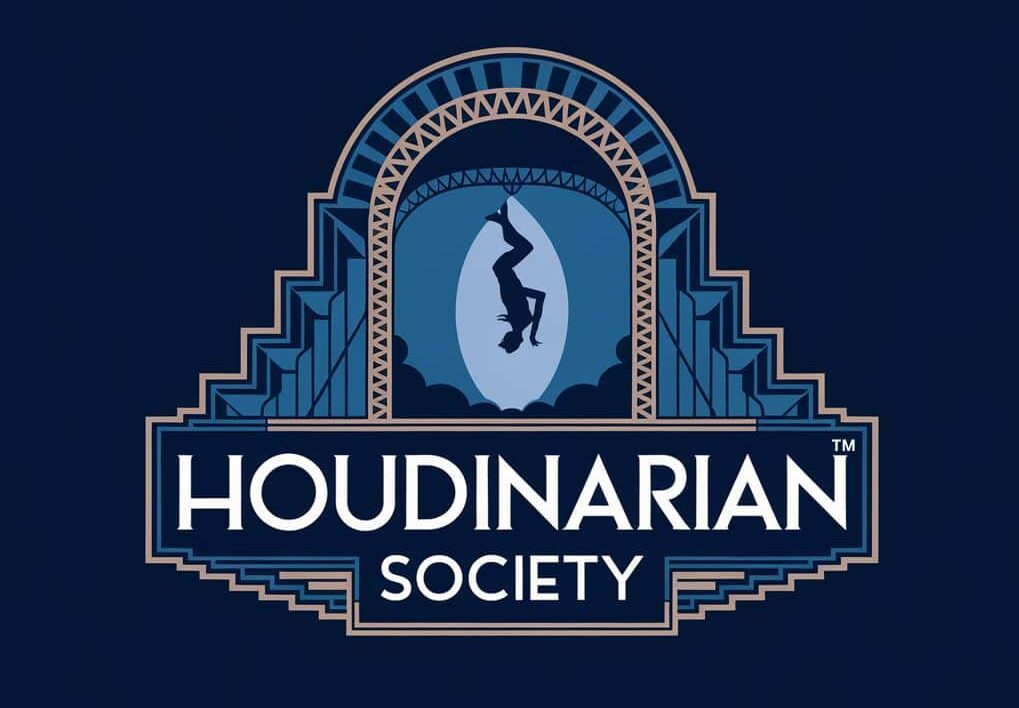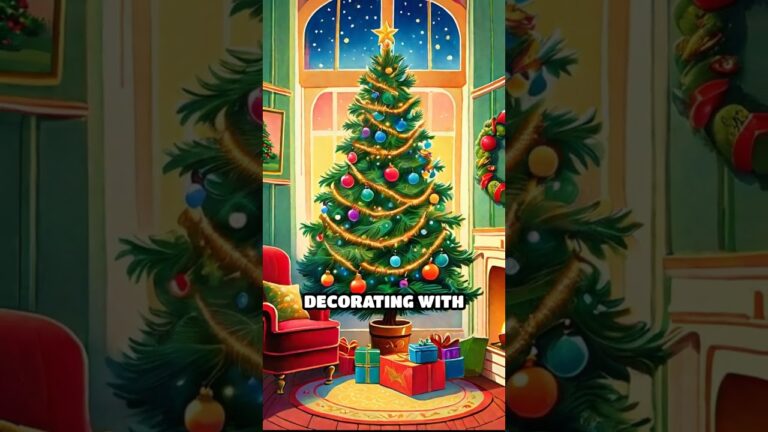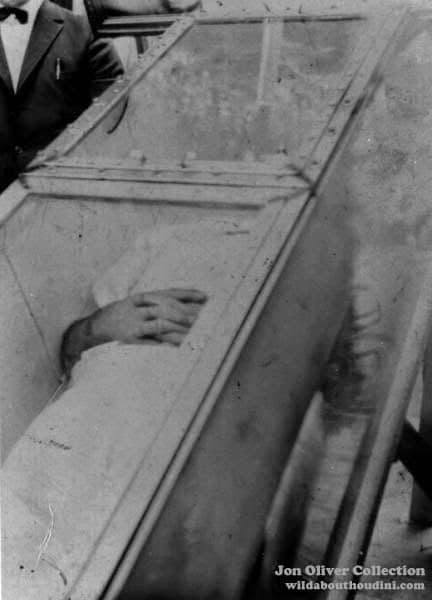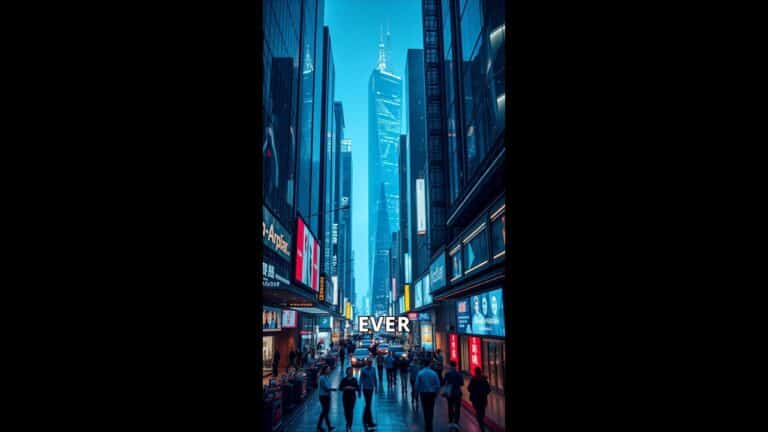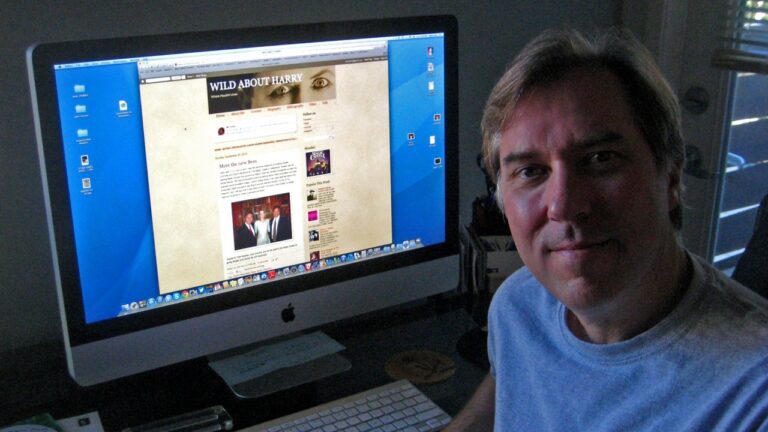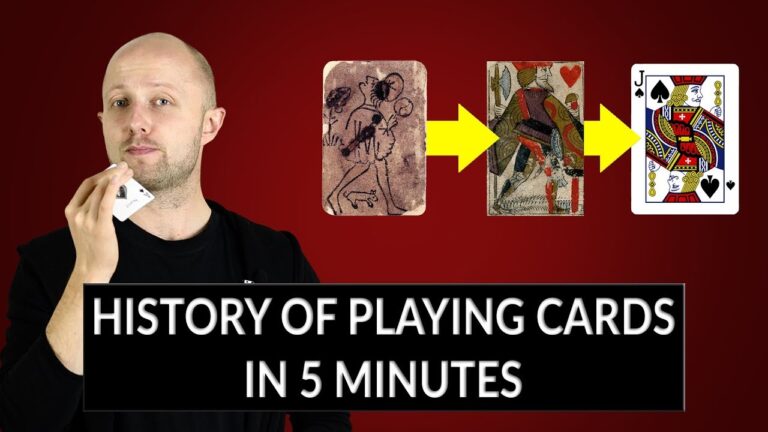Entertainment Trends of the Early 1900s: The Rise of Magic Shows
Magic shows became a popular form of entertainment in the early 1900s, bringing wonder and amazement to audiences across America.
Magic shows at fairs and vaudeville theaters drew huge crowds. Traveling performers entertained the public with clever tricks and illusions.
The art of magic transformed during this era as performers moved beyond simple card tricks and sleight of hand.
Close-up magic emerged as an exciting new style. Audiences could see incredible feats happening right before their eyes. You would watch in awe as magicians made coins vanish and cards appear from thin air.
Television created opportunities for magicians to reach millions of viewers, changing how people experienced magic forever.
You could now witness spectacular illusions from your living room. Talented performers adapted their acts for the small screen. This mix of live shows and broadcast performances helped magic evolve into the dynamic entertainment form you know today.
Social And Cultural Context Of The Early 1900s

The turn of the 20th century brought dramatic changes to American society, marked by rapid industrialization and shifting social norms. These changes created perfect conditions for new forms of entertainment to emerge and thrive.
The State Of Entertainment Before Magic Shows
Early 1900s entertainment centered around live performances at fairs and public gatherings.
You would find street performers, musicians, and traveling shows as the main source of public amusement.
The 19th century set high standards for artistic expression through painting, music, and literature. People sought entertainment that combined artistry with spectacle.
Traditional theater and vaudeville dominated the entertainment landscape. These shows featured variety acts, comedy routines, and musical performances.
Social Dynamics And Class Structures
Upper-class citizens enjoyed private performances in elegant theaters and parlors. Your social status determined the type of entertainment you could access.
Middle-class families began seeking more sophisticated forms of amusement. This created a growing market for professional entertainers.
Working-class audiences gathered at penny arcades and nickelodeons. Your entertainment choices often reflected your economic means and social position.
The Role Of Urbanization And Technological Advances
Cities grew rapidly, creating dense population centers perfect for entertainment venues. Your proximity to others made group entertainment more accessible.
New technologies transformed magic shows. Electric lighting, mechanical devices, and improved transportation helped magicians create more impressive illusions.
Urban growth led to the construction of dedicated performance spaces. You could find theaters and music halls in most major cities.
The rise of mass transit meant you could easily reach entertainment venues. This accessibility helped create a thriving entertainment industry.
The Emergence Of Magic Shows

Live magic performances became hugely popular in the late 1800s and early 1900s. People flocked to theaters and venues to witness impossible feats and jaw-dropping illusions that challenged their understanding of reality.
Early Forms Of Magic And Illusions
You would find magic as entertainment wasn’t prominent before the 1500s. Most early magic was tied to religious ceremonies and mystical practices.
The Victorian era brought dramatic changes to magic performance. You could see performers using mirrors, trap doors, and mechanical devices to create their illusions.
Street performers and carnival shows helped bring magic to the masses. These shows featured simple tricks like cups and balls, card manipulation, and rope tricks.
Key Figures In The Early Magic Scene
Jean Eugène Robert-Houdin revolutionized magic in the 1840s by performing in formal evening wear instead of traditional wizard robes. His elegant approach transformed magic into sophisticated entertainment.
Harry Houdini emerged as a legendary figure, captivating audiences with death-defying escapes. His marketing genius and spectacular stunts drew massive crowds.
Other notable performers included Adelaide Herrmann, known as the “Queen of Magic,” and Howard Thurston, famous for his levitation acts.
Popular Venues And Theaters For Magic Shows
Vaudeville theaters became prime locations for magic performances. These venues offered regular shows that combined magic with other variety acts.
Private parlor shows gained popularity among wealthy families. You could witness intimate performances in luxurious drawing rooms.
Magic shows thrived in dedicated theaters like London’s Egyptian Hall and Paris’s Theatre Robert-Houdin. These venues featured elaborate stage setups and specialized equipment for grand illusions.
Local music halls and variety theaters across America and Europe regularly featured magic acts. You could find affordable shows in nearly every major city.
The Impact Of Harry Houdini

The legendary escape artist and illusionist Harry Houdini transformed magic from simple parlor tricks into a respected form of entertainment. His daring stunts, innovative marketing tactics, and dedication to exposing fraudulent mediums established magic as a legitimate art form.
Houdini’s Early Life And Career
Born Erik Weisz in Budapest in 1874, young Houdini moved to America where he first performed as a circus trapeze artist. At age 17, he adopted the name Harry Houdini, inspired by French magician Jean Eugene Robert-Houdin.
His early career involved performing magic shows at dime museums and sideshows with his wife Bess. You can trace his rise to fame through increasingly sophisticated theater performances, where he commanded higher fees and attracted wealthier audiences.
Signature Acts And Innovations
Houdini’s most famous escapes included the Chinese Water Torture Cell, the Milk Can Escape, and breaking free from handcuffs while suspended upside down. His signature challenge invited police departments to lock him in their strongest restraints.
He pioneered new marketing strategies by performing outdoor stunts. You would often find crowds gathering to watch him escape from straitjackets while hanging from buildings.
His theatrical shows featured lavish props and dramatic staging, setting new standards for magic performances.
Houdini’s Influence On Public Perception Of Magic
Magic gained respectability through Houdini’s professionalism and dedication to his craft. His crusade against fraudulent spiritualists helped separate genuine entertainment from deception.
Television magicians today still draw inspiration from his showmanship and publicity techniques. You can see his influence in modern escape artists who continue to push boundaries.
His name became synonymous with the impossible. When you hear “pulling a Houdini,” it means achieving an impressive escape or disappearance.
Technological And Artistic Innovations
New tools and techniques transformed magic shows in the early 1900s. Inventors and performers worked together to create amazing illusions that left audiences speechless.
Advancements In Stagecraft And Special Effects
Modern magic performances began using electric lights and mechanized props to enhance their shows. You would see trapdoors, mirrors, and pulleys working together to create stunning visual effects.
Magicians started using new materials like steel and aluminum to build lighter, more portable equipment. These innovations let them travel more easily between venues.
The development of small motors and pneumatic systems gave performers precise control over their props. This technology helped create smoother, more believable illusions.
The Role Of Advertising And Media
Magic shows gained popularity through creative marketing in newspapers and posters. Bold typography and dramatic illustrations caught your eye on street corners.
Early films captured magic performances, spreading their appeal to new audiences. You could now see famous illusions even if you lived far from major theaters.
Magicians began publishing their own magazines and newsletters. These publications helped create a community of performers and enthusiasts.
Collaboration With Other Art Forms
Entertainment evolved as magic shows started incorporating elements from theater and dance. You would see elaborate costumes and choreographed movements adding drama to performances.
Musicians played live accompaniment, creating tension and excitement during key moments. The combination of music and magic became a standard feature.
Stage designers brought their expertise to magic shows, creating more immersive experiences. Their set pieces and lighting effects turned simple tricks into theatrical spectacles.
Audience Reception And Social Impact
Magic shows captured public imagination and shaped entertainment culture in profound ways during the early 1900s. The performances created buzz across social groups and sparked both admiration and skepticism.
Popularity Across Different Social Classes
Magic shows in theaters drew diverse crowds, from working-class families to wealthy elites. You could find magic performances in grand theaters, small parlors, and traveling shows.
The price range for shows varied widely. Working-class audiences paid pennies for street performances, while upper-class patrons spent significant sums on exclusive theater shows.
Private magic shows became a status symbol among the wealthy. Rich families would hire magicians for their parlor gatherings to impress guests.
The Role Of Magic Shows In Social Gatherings
Live magic performances served as centerpieces at parties, celebrations, and community events. You might see magicians at birthday parties, wedding receptions, and holiday festivities.
Magic shows helped break social barriers. People from different backgrounds would gather, share amazement, and discuss the tricks they witnessed.
These events created shared experiences and memories. Children and adults alike would try to recreate tricks at home, sparking creativity and social bonding.
Criticism And Controversy
Some religious groups viewed magic shows as suspicious or dangerous. You might hear warnings about the “demonic” nature of illusions.
Racial stereotypes and cultural appropriation plagued many performances. Magicians often used harmful caricatures and exotic stereotypes in their acts.
Critics accused some performers of fraud. Professional skeptics worked to expose tricks and protect audiences from deception.
The debate between entertainment and deception remained active. You could find newspaper editorials arguing both for and against magic shows’ place in society.
The Legacy Of Early 1900s Magic Shows
Magic shows from the early 1900s created ripples that still shape entertainment today. The innovations, showmanship, and mystique from this era set standards that modern performers strive to match.
Influence On Modern Magic And Entertainment
You can see the impact of early 1900s magic in today’s performances. The Golden Age of Magic introduced dramatic staging and storytelling elements that remain essential to modern shows.
Large-scale illusions and elaborate stage setups became popular during this time. These elements now appear in concerts, Broadway shows, and Las Vegas performances.
Modern magicians still use many classic tricks and techniques from this era, though with updated technology. The misdirection and psychological principles developed then remain crucial to magic today.
Preservation Of Historical Magic Acts
Many historic magic tricks and props now live in specialized collections. The American Museum of Magic preserves important artifacts and documents from this golden period.
Private collectors and magic societies maintain detailed records of classic performances. They protect the secrets and methods of famous illusions while sharing the history with new generations.
Magic organizations work to teach traditional techniques to new performers. This keeps the craft’s heritage alive while allowing for innovation.
Continued Fascination With Houdini And His Peers
Your interest in Harry Houdini likely stems from his lasting influence on popular culture. His death-defying escapes and dramatic showmanship still captivate audiences today.
Magic historians study the detailed records of early performances. These records reveal the incredible skill and innovation of these pioneers. Their stories inspire new generations of performers.
Television shows, books, and movies continue to explore the lives of early 1900s magicians. Their achievements set standards for spectacular entertainment that modern performers still try to match.
